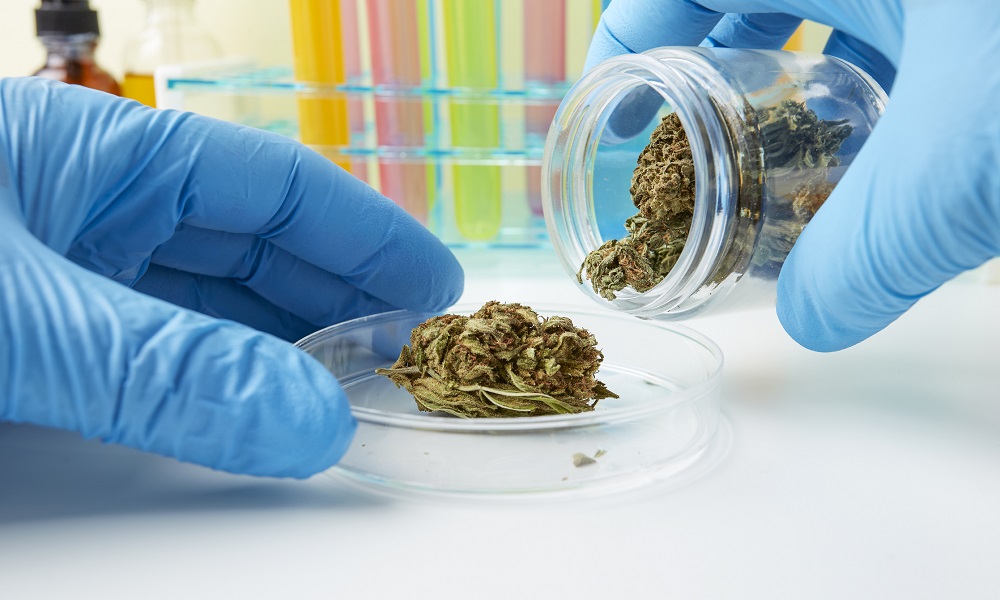Medical marijuana is now available for purchase in 38 states, but thanks to lackluster regulation, buying dispensary marijuana remains a matter of “buyer beware.”
Integrity issues. The content and potency of dispensary products are highly variable.
Lack of controls. Budtenders (people who serve customers where marijuana is sold) aren’t required to have medical backgrounds. There are no dosing guidelines, package inserts, lists of drug interactions and infrastructure for reporting dispensary marijuana products.
Protect yourself. While the majority of dispensary products are safe, take a few steps to be extra-vigilant…
Obtain your card legitimately. Medical marijuana requires a doctor’s “recommendation.” Lying to get one could make you vulnerable to adverse events that a doctor might have spared you with a full medical history and exam.
Check for recalls. Subscribe to your state regulator’s recall notifications. If a dispensary appears in multiple recalls, that could signal a chronic lack of quality control.
Check the packaging. Are the dispensary’s products sold in tamper-proof and child-resistant packaging? If not, that may indicate a lack of commitment to safety.
Read the Certificate of Analysis (COA). Every product should have one of these documents, which reports testing results from an accredited laboratory. It does not list any contaminants, however. Ask the budtender for a look at the container and/or label (sometimes you can access the COA online via a QR code). It will tell you the age of the product and how much THC and other cannabinoids it contains.


